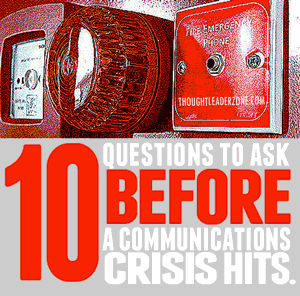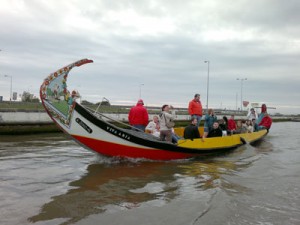 I recently met with a young Canadian woman who has just moved to Germany after doing social media to promote Hollywood films and then getting her MBA. She called herself a ‘hunter and gatherer of content.’
I recently met with a young Canadian woman who has just moved to Germany after doing social media to promote Hollywood films and then getting her MBA. She called herself a ‘hunter and gatherer of content.’
We agreed about the key role that social media is playing now in the business world and that Facebook is ‘winning the social media game’ when compared with Google Plus, LinkedIn or even Twitter.
Having sent out 87 tweets during last week’s water conference, I can testify to the limits of Twitter. It was certainly a challenge to summarize a session’s content in 140 characters and still include the long hashtag #watermeetsmoney, as well as the speaker’s name, title, country or company. Facebook posts are much more forgiving on length so more substantial content can be posted.
The one thing that she and I viewed differently was her belief that not everyone can be a thought leader. Coincidentally I’ll be presenting my opposing point of view at the European Young Chemists Network next week in Aveiro, Portugal.
We all have a unique set of experiences and expertise that can be built into a thought leadership position for something somehow. For example, each of these bright PhD graduate chemists can be considered a thought leader in the topic of their dissertation and can build on that niche area and actively promote their reputation within their individual corner of the industry.
It’s a natural approach for these young chemists to use Facebook, LinkedIn, Twitter and other types of social media to enhance their “personal brand.”
Are you taking steps to actively build your reputation in your industry, no matter how early in your career you are? Ask, assess, then act.
 What’s your IQ, EQ, BQ or MQ? A recent Forbes article looked at all of these different characteristics of good leaders…a high Intelligence Quotient, of course, as well as a high Emotional Quotient, Body Quotient and Moral Quotient. Click here to read the article.
What’s your IQ, EQ, BQ or MQ? A recent Forbes article looked at all of these different characteristics of good leaders…a high Intelligence Quotient, of course, as well as a high Emotional Quotient, Body Quotient and Moral Quotient. Click here to read the article.








